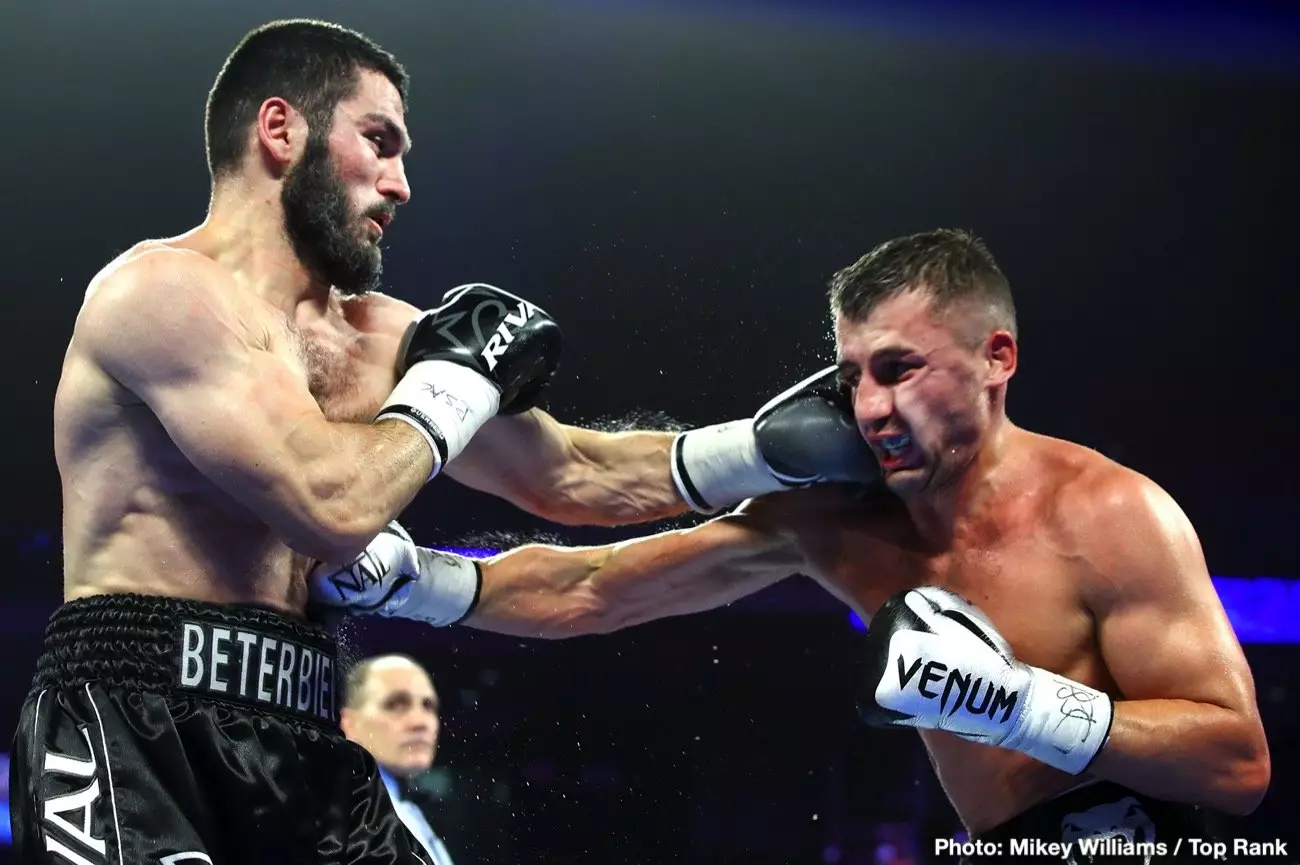Artur Beterbiev, the undisputed light heavyweight champion with an impressive record of 21 wins and 20 knockouts, is making headlines with his recent challenge to social media sensation Jake Paul. In a bold statement, Beterbiev has asked Paul whether his previous response to a fight offer could be classified as an “acceptance or rejection.” This inquiry raises eyebrows, particularly given the contrasting worlds of these two fighters. While Beterbiev is known for his ferocity and technical prowess in the ring, Paul has cultivated a brand around entertaining spectacle, often leaning toward matchups with fighters past their prime or with lesser boxing credentials.
Jake Paul, a high-profile figure with more followers on social media than some of boxing’s most legendary names, has built a career that diverges significantly from traditional boxing norms. His initial reaction to Beterbiev’s challenge was filled with amusement, indicating that he relishes the attention and drama that comes with calls from elite fighters. Paul’s assertion that after just four years he can “run this sport” speaks volumes about his self-confidence but also reflects a significant shift in how the sport is viewed, especially among younger audiences.
However, it is essential to scrutinize the legitimacy of Paul’s boxing career. Critics argue that he systematically selects opponents who either lack the competitive edge or are in the twilight of their careers—exemplified by his recent bout against 58-year-old Mike Tyson. This pick-and-choose strategy may pay off financially, as evidenced by his substantial earnings and substantial pay-per-view sales, but it raises questions about his willingness to engage in serious, high-stakes boxing.
The possibility of a fight between Beterbiev and Paul raises concerns about competitiveness. Beterbiev’s fighting style, known for its intensity and knockout power, is not something one would associate with the more theatrical and less experienced approach that characterizes Paul’s bouts. Should these two men meet in the ring, it is likely to end in a dominant display by Beterbiev, which could serve as an embarrassing spectacle for Paul—a risk that, one must consider, he may not wish to take.
Yet, the allure of a fight against Paul is not merely about competition; it’s a financial opportunity for Beterbiev. With the potential for substantial earnings and increased exposure, the champion might be motivated less by a desire for revenge against Paul’s previous opponents and more by the common sports adage: “The bigger the stage, the bigger the payday.”
Despite the stark differences in their boxing careers, Beterbiev seems earnest in pursuing this matchup. It illuminates a larger issue within the sport—how to blend traditional boxing with the realities of modern entertainment. If this bout were to happen, it would likely attract significant media attention, tapping into Paul’s vast fanbase while providing Beterbiev a platform to elevate his own profile.
Ultimately, while an encounter between the two men may lead to a visual spectacle, it would simultaneously serve as a reminder of the polarizing nature of contemporary boxing. As fighters from vastly different backgrounds attempt to intersect, one must question whether a true sporting contest can emerge, or if it is simply a play for fame and fortune.


Leave a Reply